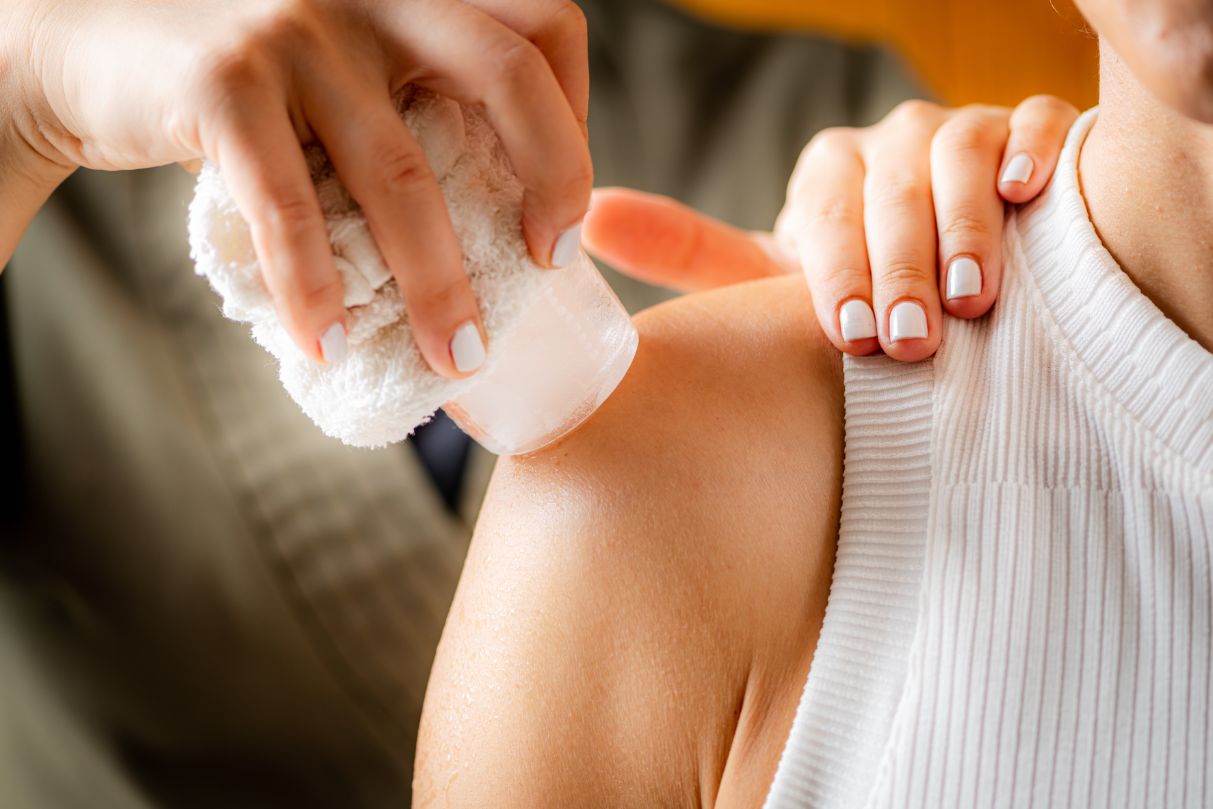Athletes frequently suffer from shoulder problems, especially those who play repetitive overhead sports like volleyball, baseball, tennis, and swimming. These wounds can range in severity from mild sprains and strains to more serious disorders including labral and rotator cuff tears. Shoulder injuries can develop chronic and affect an athlete’s performance in their sport if they are not treated. For athletes recuperating from shoulder ailments, particularly rotator cuff injuries physical therapy is a very effective treatment choice.
Diagnosis and Assessment
Getting a proper diagnosis and evaluation of the injury is the first stage in the healing process. The diagnosis is often made by an orthopedic surgeon or sports medicine doctor. The player will be directed to a physical therapist when the diagnosis is determined so that they may undertake an extensive evaluation of the injury. This evaluation will look at the athlete’s strength, flexibility, and range of motion. The athlete’s pain or discomfort will also be evaluated by the physical therapist.
Planning a Treatment Program
The physical therapist will create a personalized treatment plan appropriate to the needs of the athlete based on the exam. The standard treatment regimen will combine stretches, exercises, and modalities like heat or cold therapy. The plan of treatment is to lessen discomfort and inflammation, increase range of motion, and strengthen the shoulder muscles.
Rotator Cuff Workouts
Rotator cuff exercises are one of the mainstays of physical treatment for shoulder ailments, especially rotator cuff injuries. Four muscles and tendons make up the rotator cuff, which stabilizes the shoulder by joining the upper arm bone to the shoulder blade. Exercises for the rotator cuff can help to build up these muscles and enhance their performance. The following are some typical rotator cuff exercises that might be prescribed:
External Rotation: This exercise involves using a resistance band or dumbbell to rotate the arm outward away from the body. It aids in building up the muscles that link to the rotator cuff on the back of the shoulder.
Internal Rotation: In this exercise, the arm is rotated inside toward the body using a tension band or dumbbells. It aids in building up the muscles that link to the rotator cuff on the front of the shoulder.
Scapular Retraction: This exercise is pushing the shoulder blades down toward the hips while pressing them together. The muscles that support the scapula, which in turn supports the rotator cuff, are strengthened as a result.
Exercise: Shoulder Blade Squeeze. For this exercise, hold your arms out to the sides while you squeeze your shoulder blades together. It aids in building up the muscles that support the rotator cuff and shoulder blade.
Exercising Flexibility
Physical therapy for shoulder problems must also include stretching exercises in addition to strengthening ones. Stretching can help to increase range of motion, decrease stiffness and improve flexibility. A shoulder stretching regimen may include standard stretches like arm circles doorway stretches and wall stretches.
Modalities
A shoulder injury physical therapy treatment plan may also include modalities like heat or ice therapy. While ice therapy can help to lessen pain and inflammation, heat therapy can help to improve blood flow to the injured area. Electrical stimulation and ultrasound therapy are some additional methods that could be applied.
Gradual Return to Sport
Athlete-specific exercises and drills are gradually added as the athlete advances through their physical therapy treatment plan. The purpose of this stage is to get the athlete ready to resume their sport safely and without being hurt again. In order to make sure the athlete is prepared to resume their sport the physical therapist will regularly supervise their progress.
Prevention
When it comes to shoulder problems in athletics prevention is crucial. Once an athlete has fully recovered from a shoulder injury, it is crucial to take precautions against further damage. This may involve performing consistent strength training activities that concentrate on the shoulder and rotator cuff muscles. It’s crucial to follow proper warm-up and cool-down procedures before and after activities. Athletes should also be aware of their form and technique when playing their sport to lower the risk of injury.



